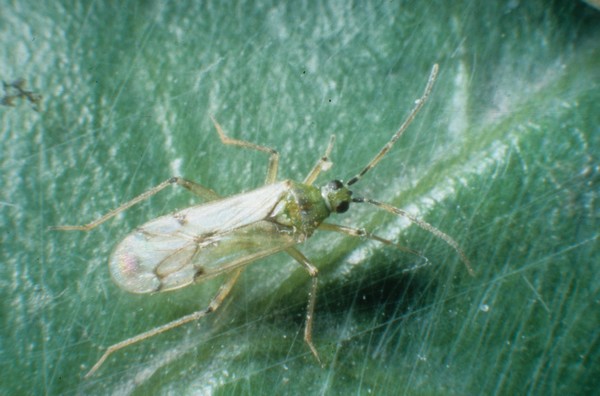
Biocontrol strategies function most efficiently when pest numbers are low, as they prevent damaging populations from developing. Why? Because if you wait until thresholds are reached before initiating a biocontrol strategy, it will be too late pest populations will be too large to be brought under control using a biological agent. Methods developed to guide the timing of pesticide sprays - action thresholds, for example - are effectively redundant in a biological control program. The efficient use of biocontrols requires different assumptions and timing of actions than for chemicals. An understanding of issues that can impede or promote their activity then helps to refine and shape the IPM system. Knowing the conditions under which they perform best helps guide the selection of natural enemies suited to the crop and growing environment.


Biological control agents are living organisms, and all of these variable factors directly affect them. Understanding how these factors interact with and affect the plant, pests and their control agents, is essential. ■ External environmental conditions (temperature, humidity, light). Many interactive variables affect the growth of greenhouse crops, the incidence and impact of pests and diseases, and the performance of biological and chemical controls. There are some basic principles that transcend crops and location, and considerations of these help guide the development of a successful, biologically based, integrated crop management system. The diversity of floriculture crops grown and the variety of locations in which they are grown prevent a one-size-fits-all approach to biocontrol, and IPM systems need to be adapted to suit local conditions.
LED LIGHTING BIOCONTROL AGENTS DRIVERS
It has been a steep learning curve requiring a whole new approach and a shift from enactment of reactive ‘control strategies’ to implementation of preventative ‘management strategies.’Ī series of drivers has created opportunities for broader integration of natural enemies and new biological products into integrated pest management (IPM) programs, but in turn, these programs are shaped by the bioproducts in which they are used. More than 70% of growers use some form of biocontrol and certain crops are grown from start to finish without pesticide interventions. Today biological control forms the foundation for pest management programs in Canadian greenhouses.
LED LIGHTING BIOCONTROL AGENTS REGISTRATION
In Canada, the failure of Spinosad (Success) for thrips within 6 to 12 months of its registration prompted a sea of change in pest management philosophy and approach.įaced with a lack of registered chemical alternatives, growers turned to biological control out of necessity. However, growers are increasingly faced with the loss or failure of pest control products, declining access to new chemistries, stricter environmental/health and safety regulations, and the need to produce plants and vegetables in a manner that meets the demands of a retail/consumer driven market.

Historically, greenhouse floriculture has relied on synthetic insecticides to meet its pest control needs.


 0 kommentar(er)
0 kommentar(er)
